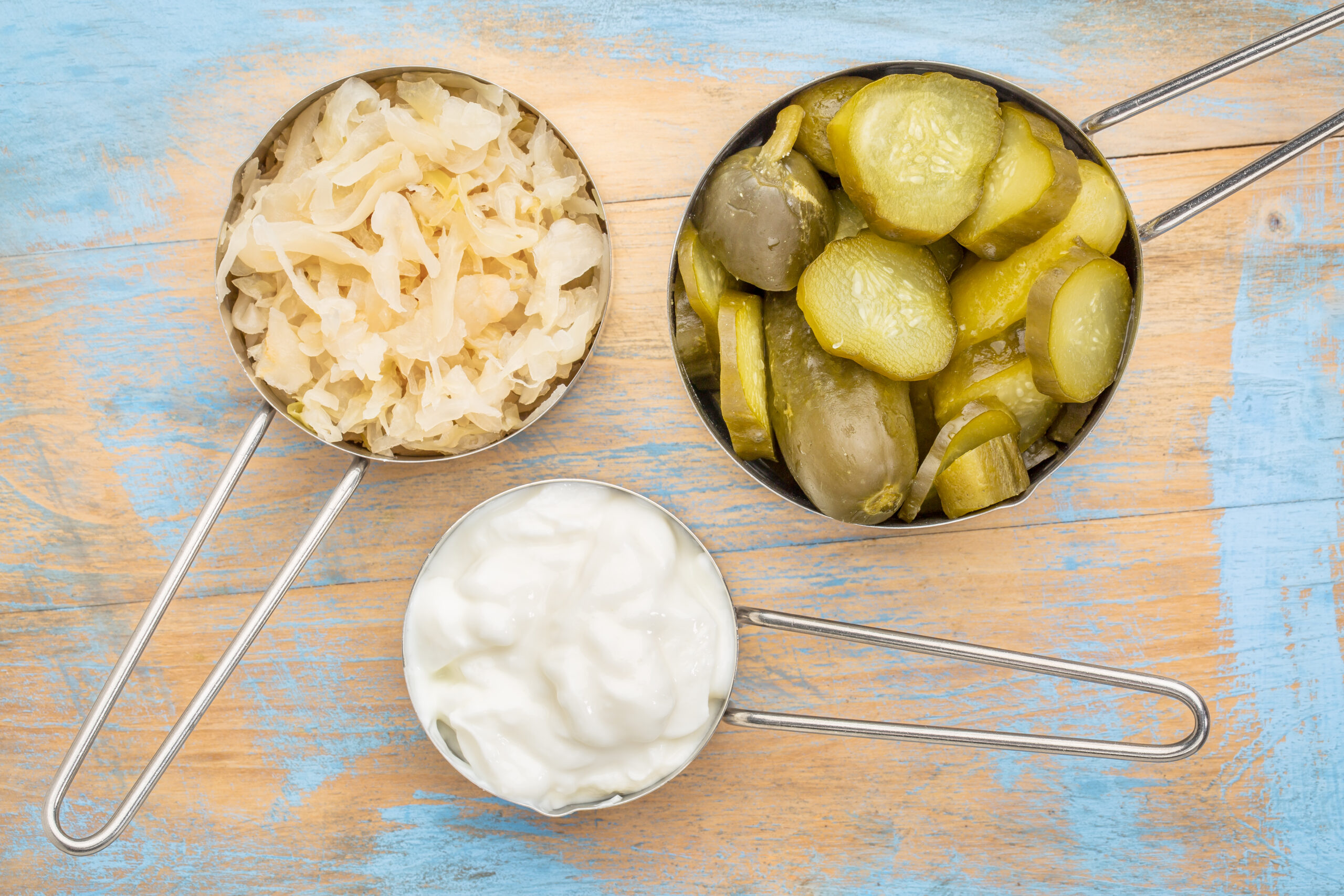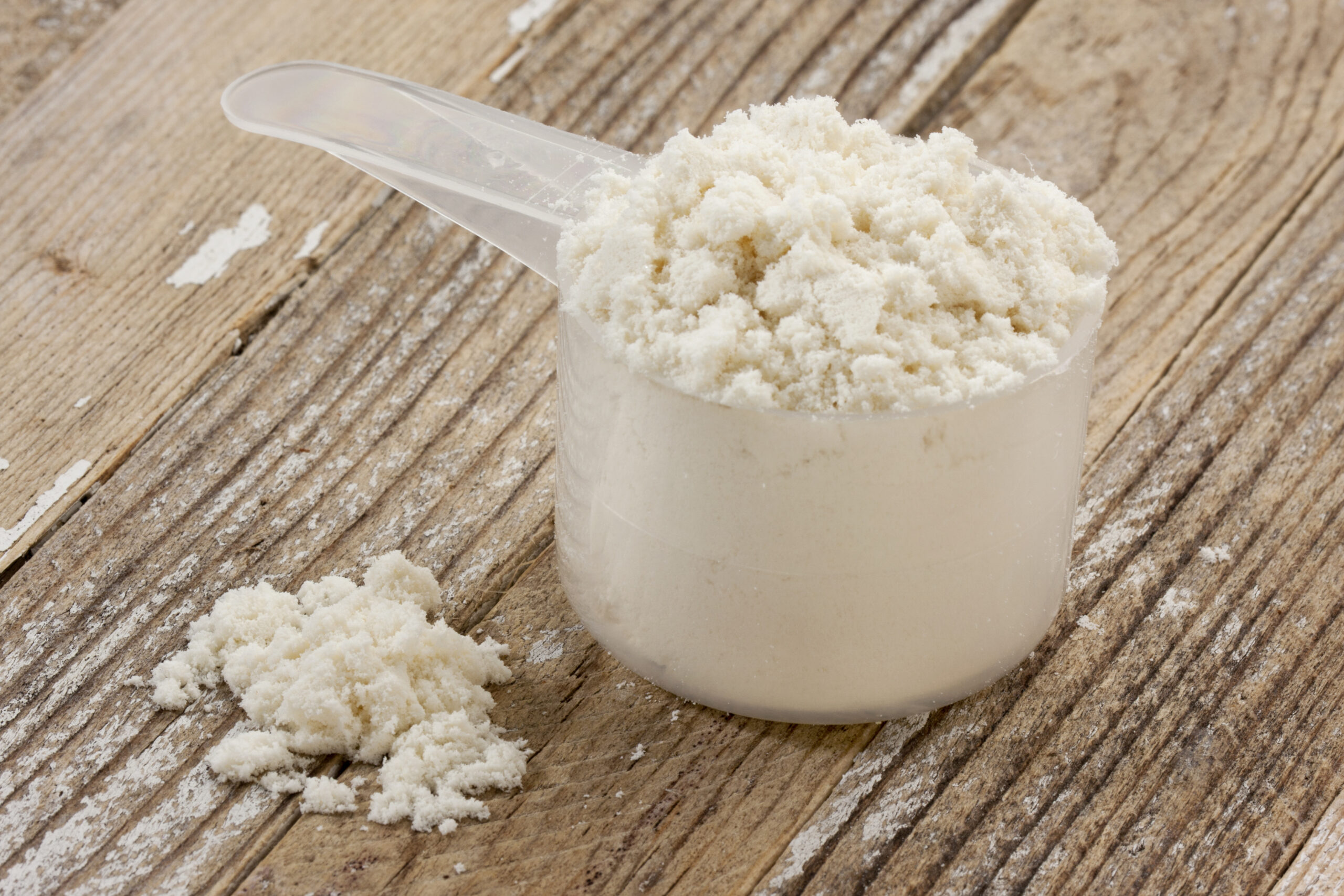You’re doing everything right. So why isn’t it working?
You’ve ditched all the obvious culprits. No more crisps at lunch. No more late-night ice cream. You’re shopping better, eating carefully, making smoothies, switching to oat milk, and treating yourself to “healthier” snacks.
So why aren’t the results showing up?
Here’s the thing: some of the most trusted wellness foods (the ones that feel healthy) are quietly working against you. While they may not be ultra-processed junk foods or greasy takeaways, they’re not as innocent as they look! They’re foods that wear a health halo but sneak in way more calories, sugar, and portion creep than you think.
If you’re trying to lose weight or eat more mindfully, these are the five foods that might be quietly sabotaging your progress.
1. Granola & “Healthy” Breakfast Cereals
Granola has long held its place in the health food aisle. After all, it’s organic, oat-based, sometimes studded with seeds and dried fruit. It looks innocent, wholesome, even rustic. But look at the label and see how one standard serving (about 50g) of granola often contains 200–250 calories, 10g of sugar, and up to 10g of fat! All that before adding milk or yoghurt. And most people pour well beyond the recommended serving without realising.
It’s not that granola is inherently bad or unhealth — it’s that it’s calorie-dense and easy to overdo. “Healthy” breakfast cereals can be just as sneaky, especially those labelled with buzzwords like “wholegrain,” “low fat,” or “high fibre.” Many still contain hidden sugars, refined oils, and minimal protein, leaving you hungry again by mid-morning.
The smarter swap: Opt for plain rolled oats with cinnamon and berries or choose a low-sugar granola with whole ingredients, and always measure your portions, not just your intentions!
2. Smoothies & Acai Bowls
They feel like a wellness win consisting of blended fruit, plant protein, maybe a touch of nut butter, topped with granola or chia seeds. But smoothies and acai bowls are calorie-dense by design. The typical shop-bought smoothie ranges from 300 to 600 calories, and acai bowls can climb even higher, depending on toppings.
To make matters worse, liquid and semi-liquid meals don’t trigger fullness the same way chewing solid food does. Add in common ingredients like dates, honey, banana, coconut oil, and fruit juice, and you’ve got a high-sugar, high-carb meal that’s gone in minutes and spikes your blood sugar.
The smarter swap: If you love smoothies, make your own with frozen berries, unsweetened almond milk, greens, and a measured scoop of protein powder. Keep acai bowls for occasional treats or skip all the toppings that tip it into dessert territory.
3. Oat Milk Lattes
The oat milk latte is trendy, plant-based, and very now. But it’s also a quiet calorie creeper. Oat milk is naturally higher in carbohydrates than other dairy alternatives and is often sweetened or made with added oils for texture. A regular 350ml oat latte can clock in at 150–250 calories—and even more with added syrups or flavours.
Because it’s a drink, we don’t always mentally register it as “food.” But have a couple of these a day and you’re unknowingly adding 400+ calories, with little nutritional payoff.
The smarter swap: Ask for unsweetened almond milk and skip the syrups. If you’re having multiple coffees daily, consider switching one for black coffee, matcha, or herbal tea to cut the creep.
4. Nut Butters
Nut butters, such as almond butter, peanut butter, cashew butter, are the darlings of the fitness world. They are rich in good fats and plant-based protein, yes, but also incredibly calorie-dense. Why else would they be the go-to choice of bodybuilders?
In fact, just one tablespoon contains around 100–120 calories, and let’s be honest, when was the last time you stopped at one tablespoon?
Whether it’s spread thick on toast, blended into smoothies, or eaten by the spoonful (we’ve all done it), nut butter adds up fast. It’s easy to eat 300–400 calories without even feeling full, especially when paired with sweet things like banana, honey, or oats.
The smarter swap: Stick to one measured tablespoon of an unsweetened variety with no added oils or sugar. Treat it as an accent, not a base.
5. Salad Dressings & Sauces
You’re eating salad. You should be winning. But then comes the creamy Caesar, the sweet balsamic glaze, or the “drizzle” of tahini dressing, and suddenly your light lunch is swimming in 150–300 extra calories.
Most shop-bought dressings are made with refined oils, sugar, and additives. Even so-called “light” or vegan versions can be misleading. Sauces like teriyaki, satay, or even a generous scoop of hummus can turn a healthy bowl into an energy overload, especially when you don’t measure.
The smarter swap: Make your own dressings using olive oil, lemon juice, mustard, or vinegar, and always measure the amount you are using. If you’re buying, read the labels and use a tablespoon to portion. Awareness is everything.
Remember, Awareness Over Restriction
These foods aren’t “bad”, and you certainly don’t need to ban them. But if you’re trying to lose a bit of weight, it’s worth knowing where hidden calories and sugars are sneaking in.
Most people don’t overeat on kale and lentils, they overeat on things that seem healthy but are easier to justify, easier to portion poorly, and harder to track.
If you regularly eat any of the foods on this list, try making a few strategic tweaks, pay attention to portions, and you’ll soon see your hard work reflected on the scales.



